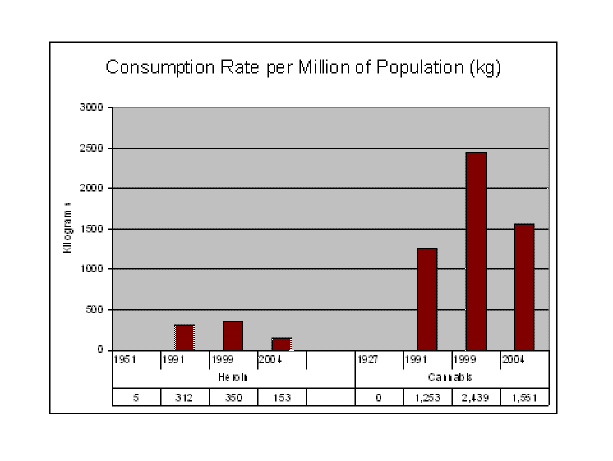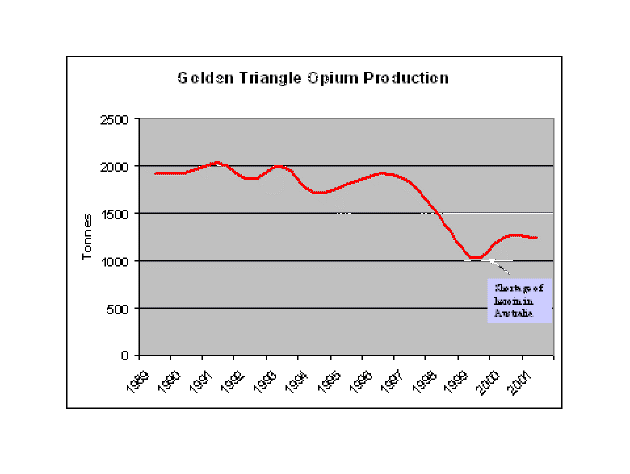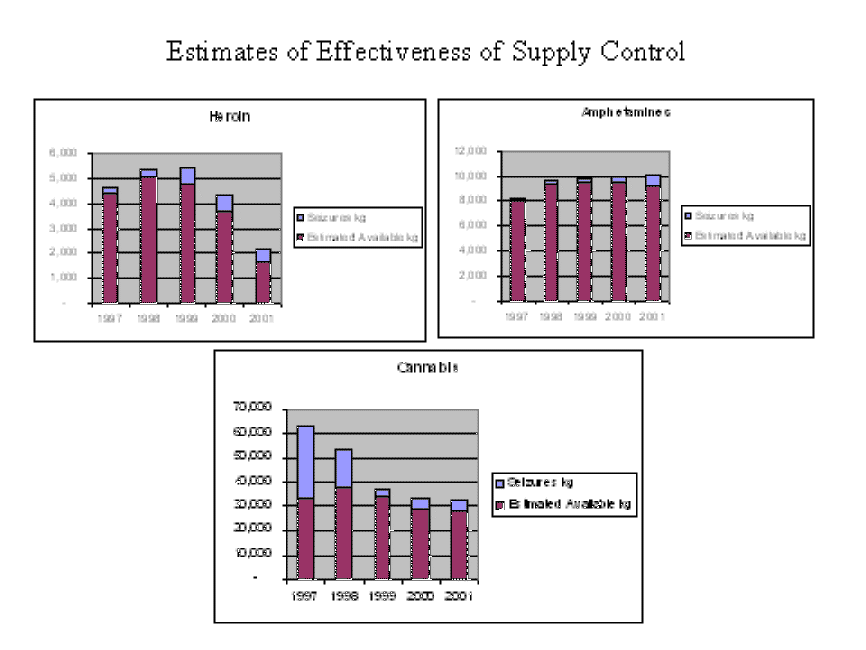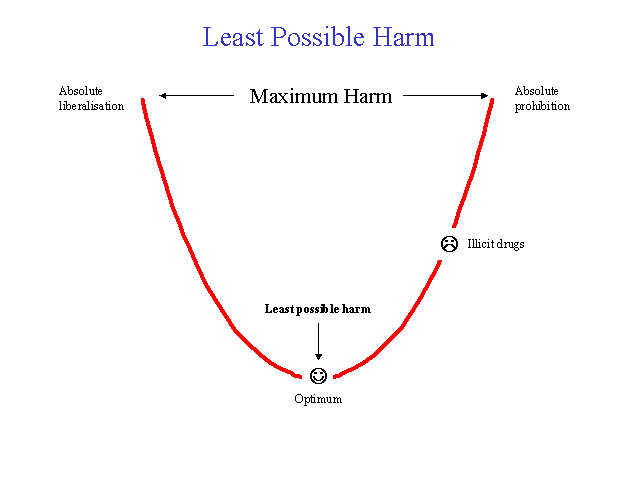
|
Families and Friends for Drug Law Reform |
||
|
committed to preventing tragedy that arises from illicit drug use |
||
|
|
||
|
Introduction to Australian Parliamentary Group Public Meeting, Parliament House Canberra, 2 Dec 2005 |
||
Introduction
Today is my birthday which for most is usually a happy occasion, a celebration. But for those who have lost a loved one, anniversaries are particularly difficult.
Today is not an anniversary to be celebrated. A young man Nguyen Tuong Van was hung. He was executed in Singapore for drug trafficking. He had 396 grams of heroin strapped to his body and was transiting through Singapore on the way to Australia.
His twin brother had accumulated debts from his heroin addiction and the only way that Nguyen saw of helping him repay the debt was to smuggle some heroin into Australia.
He traded his life in an effort to repay his twin brother’s drug debt.
(And for what amounts to (396/2,507,000 =) 0.02% of heroin consumed in Australia in a year.)
Who is to blame
Who is to blame? The young man for being foolish enough to think he could pull the deal off? The twin brother for becoming addicted to heroin and running up the debt? The Singapore Government for imposing the death penalty? The Australian Government for not doing enough to save his life?
I would agree with you if you said all of the above.
The young man certainly was foolish and his brother became involved in something he should not have.
The Singapore Government executes small fry dealers yet as was reported in the Australian (23 Nov 2005) is involved (even if at arms length) in the heroin trade with Burma.
And the Australian Government appears to me to have not used all the means at its disposal.
How did we get here
Prohibition introduced
But let us look at the cause. In 1953 under substantial pressure from the UN (but driven by the US) Australia prohibited heroin. Prior to that its use was legal. It was used for pain relief in child birth and for pain relief in cases of terminal illness.
Medical ie legal, usage was at the rate of 5kg per million of population in 1951 (which was seen as excessive then) has risen to a non-medical and illegal usage in 1998/99 of 350kg per million.
The cause for the rise in usage? Well for two drugs, cannabis and heroin, we know the usage before prohibition and after prohibition.

The Sydney Morning Herald on 12 July 1953 had the following to say about the ban on heroin:
"... the ban on imports would help to guard young Australians against a threat of degenerating addiction"
"America has had a ban on heroin for several years and she has managed all right .... In the United States dope pedlars have got heroin among children with disastrous effects"
In this latter quote the SMH did not acknowledge that the dope pedlars were operating under prohibition laws. Not a great deal of investigative journalism there.
Increased use of the drug did not occur immediately but US servicemen visiting Australia on R&R was a further trigger for rising use. They brought a drug to Australia with them that they could buy for small change on Vietnam streets.
The South Vietnamese government funded much of its war efforts through the heroin trade. Recall that the US and the South Vietnamese government were allies during that war. Much like the US and the Afghan Northern Alliance were allies in a past war.
But far from being suppressed as it was wishfully expressed in 1953 its use and addictive qualities reached out to the 21st century to a young Australian man. Its price by that time had soared beyond his capacity to pay. There was no ability in this country to obtain the drug on prescription from his doctor and thus enable him to manage his life and finances better.
The profit from trading a drug that costs about 3 cents per gram at the farm gate and sells on Melbourne streets for $400 per gram was enough incentive for Nguyen to try and save his twin brother (and incidentally enough incentive for nine Australians who were caught in Bali who face the death penalty).
For me the cause is the prohibition of the drug. And the blame must rest on the shoulders of every government who persists with prohibition in the light of all the evidence and yet fails to look for alternatives.
If the drug had not been prohibited but was now regulated by our democratically elected government, instead of being controlled by criminals, would it have been different for the Nguyen family? For starters the drug would have been less available and there would not have been the profit motive for smuggling the drug to Australia.
Is it getting better?
But perhaps you say things are improving. We have become tougher on drugs and anyway the heroin drought, that was claimed to have been brought about by the AFP, saved many lives. Let me come back to the AFP claims later but lets look at some facts first.
Drug use
In 2004, more than 2.5 million Australians had used an illicit drug in the last 12 months. Some 56,300 had used heroin in the last 12 months, many of whom would be in the same boat at Nguyen’s twin brother.
AFP stuff
Turning back to the heroin drought. The source of heroin for Australia is primarily the golden triangle – centered on Burma. The UN reported that opium production had declined significantly after 1999.

AFP’s own intelligence reported a growing demand for heroin from China and AFP Commissioner Keelty advised that organised crime in Asia had done their market research and decided that popping a pill was more attractive to Australians than injecting.
In 2000 all of this came together and we had a shortage of heroin but we had a flood of amphetamines from the same source in Asia. Did the AFP cause it? No and a recent government commissioned report has said so.
In Australia we put a lot of effort into trying to stop the supply of drugs. The following charts, based on my estimates of the amount of drugs consumed on the street give an indication of the effectiveness of supply control.

Where to from here
In Australia we have prohibition as a means of controlling certain drugs. It is against the law to grow, manufacture, traffic in, possess, or use certain drugs. The laws are tough and being made tougher, but I might add without making much difference. (Perhaps it makes us feel secure and sends a message, but what good is sending a message when few are listening.)
Because the laws are so harsh we have introduced under that prohibition umbrella a concept of harm minimization. The needle and syringe program is a good example which protects the community against the spread of blood born viruses such as HepC and HIV.
The cobbled together partnership of harm minimisation working under the law of prohibition, for me, is not good enough.
I am advocating a concept of least possible harm. That is an overarching policy that examines all the evidence and determines policies that cause the least possible harm to individuals and to society. It is a simple enough concept and requires a simple enough test.
Here is a simple example: If a
21 year old flat dweller grows one cannabis plant under lights in his bathroom for his own personal use. The policy options are
- introduce a penalty of $20,000, 2 years jail or both; OR
- introduce a significant enough fine to signify society’s disapproval but not one that could result in a criminal record or jail.
This is not a hypothetical example. It may surprise you to know that option (A) – the more harmful option was chosen in this real life example.

We are not moving to a point which causes the least possible harm but moving in the opposite direction. The help of many members of parliament is needed urgently if we wish to make a real difference to the suffering that families are undergoing because of our ill-conceived drug laws.